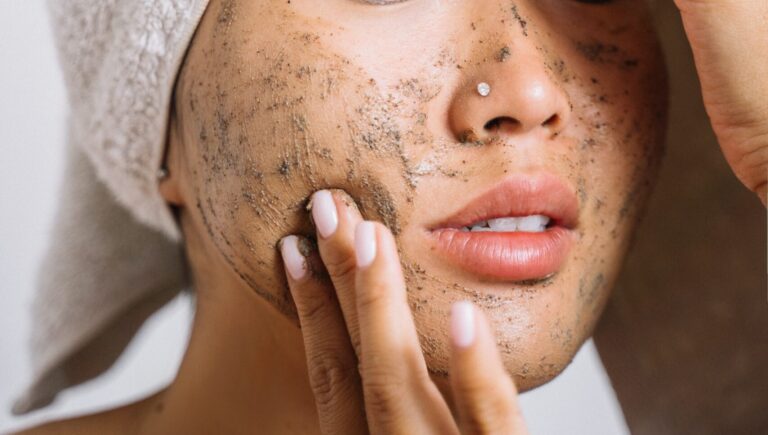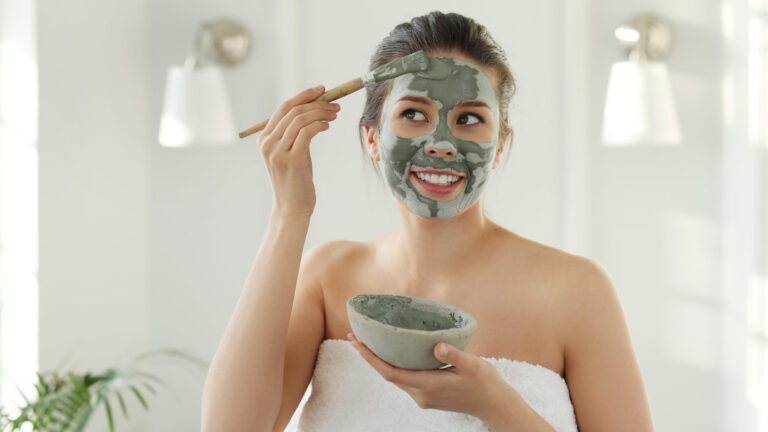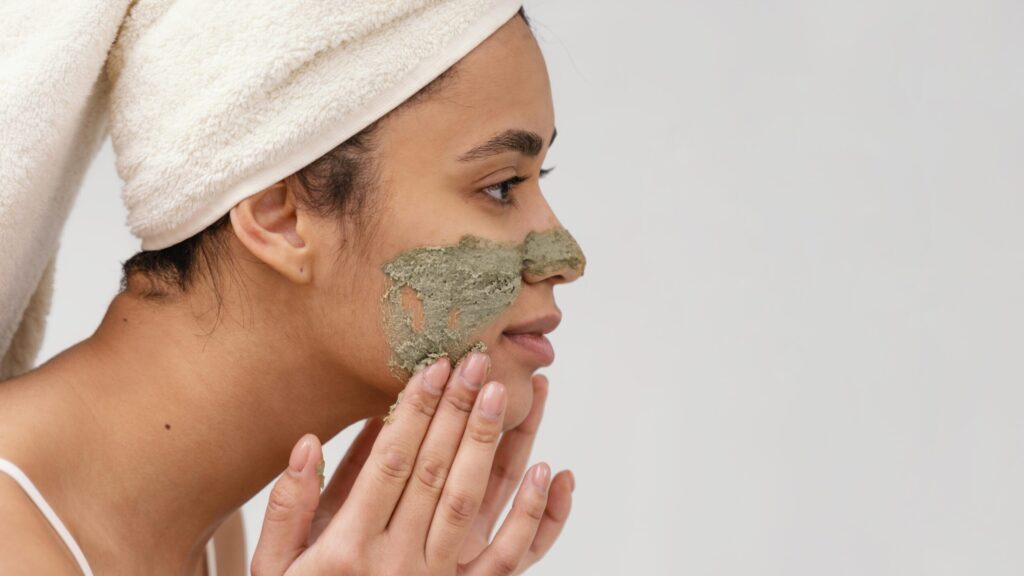Having oily skin might be tricky when it comes to keeping a clear and fresh complexion. The results of excessive sebum production frequently include oily skin, acne outbreaks, and plugged pores. But using a face scrub as part of your skincare regimen can do wonders for oily skin. This blog will walk you through efficiently utilizing a face scrub to have glowing, oil-free skin.

It’s necessary to comprehend your skin’s unique needs before dipping your toe into the realm of face washes. Exfoliation often helps oily skin by removing dead skin cells, clearing clogged pores, and lowering excessive oil production. Look for face scrubs made especially for oily skin because they frequently include chemicals like clay or salicylic acid, which help regulate sebum and prevent breakouts.
BeBeautiful.in says that scrubbing your face is your best friend if you have oily skin. They are the best in removing oil, blackheads, and germs that cause acne from your face. You must incorporate these skincare heroes into your weekly skincare routine to achieve oil-free, smooth, and healthy skin.
Choose the Right Face Scrub:
It can be hard to choose the best face scrub for your oily skin from the various options on the market. Choose a moderate exfoliant that won’t remove too many natural oils because doing so can increase oil production. Because they are less prone to bother your skin, look for products with natural exfoliants like jojoba beads, rice powder, or sugar. Avoid rough scrubs that include big, jagged particles since they might harm the skin by causing micro-tears.
Cleanse Your Face:
It’s crucial to completely cleanse your face to get rid of any makeup, debris, or pollutants before using a face scrub. Utilize a gentle, oil-free cleanser made especially for oily skin. Focusing on the forehead, nose, and chin—areas prone to excessive oiliness—gently massage the cleanser over damp skin. Use warm water to rinse your face and a fresh towel to pat dry.
Apply the Face Scrub:
Apply a tiny amount of the face scrub to your damp face, keeping the delicate eye area out of the way. Start by using circular motions to gently massage the scrub into your skin. Pay special attention to the nose and chin because they often have enlarged pores or blackheads. Avoid scrubbing too hard because doing so can irritate you. Keep in mind that the secret to achieving a healthy and balanced complexion is frequent, moderate exfoliation.
Rinse and Pat Dry:
Rinse your face well with lukewarm water after exfoliating. Be sure to thoroughly wash the scrub off your skin. To assist the pores closing and the skin becoming tighter, splash some cool water on your face. Be careful not to rub or pull on the skin as you gently pat your face dry with a fresh towel.
Follow Up with Toner and Moisturizer:
Use an alcohol-free toner to restore the pH balance of your skin to finish your skincare regimen. This process aids in pore refinement and appearance reduction. Apply an oil-free moisturizer ideal for oily skin after toning. Look for hydrating solutions that don’t add too much oil and are light and non-comedogenic.
Frequency of Use:
The sensitivity and tolerance of your skin determine how frequently you should use a face scrub. It is typically advised to exfoliate two to three times a week for oily skin. The frequency can be gradually increased if your skin tolerates it well, but if you have especially sensitive skin, start with once a week.

Additional tips:
- Patch test: It’s crucial to carry out a patch test before introducing a new face scrub into your routine. Use a little amount of the product on a discrete area of your skin, like the inner arm or the area behind your ear. After 24 hours, check for any unfavorable effects, such as redness, irritability, or itching. You may use the product on your face if no adverse reactions happen.
- Gentle Exfoliation: Soft exfoliation is important to exfoliate lightly when using a face scrub on skin that tends to be greasy. Avoid rough rubbing or pushing too firmly because these actions might harm the skin’s protective layer and cause inflammation. For a complete yet mild exfoliation, use light pressure and circular strokes. Allow the ingredients to do the work without force.
- Don’t Overdo It: Exfoliation is good for oily skin, but you shouldn’t go overboard. Excessive exfoliating can upset the skin’s normal equilibrium, increasing irritation and oil production. Keep to the suggested frequency of two to three times per week, and make any necessary adjustments by your skin’s reaction.
- Target trouble spots: Particular areas of oily skin frequently need special care, such as the T-zone (forehead, nose, and chin). To deal with clogged pores, blackheads, and extra oil, concentrate your exfoliating efforts on these regions. To get mild yet efficient exfoliation, be aware of the pressure used.
- Steam and Exfoliate: Think about adding steam to your routine to increase the efficacy of your facial scrub. To open the pores on your face, let the steam sit on it for a few minutes before exfoliating. This makes it possible for the scrub to work more thoroughly and penetrate deeper. By putting a towel over your head and stooping over a bowl of hot water, or by using a facial steamer, you can steam your face.
- Maintain Hydration and Moisturization: Maintaining hydration for oily skin may seem paradoxical. Use a mild, oil-free moisturizer after exfoliating to restore the skin’s moisture balance without adding extra oils. To maintain a healthy skin barrier and stop excessive oil production, hydration is essential.
- Be Consistent: When using a face scrub for oily skin, consistency is essential. For the best benefits, regularly include it in your skincare routine. Be patient, though, as it could take some time for your skin to adapt and exhibit observable changes. Maintain your routine and give your skin time to adjust and reap the benefits of exfoliation.

To sum it up...
A face scrub used correctly can effectively treat problems with oily skin. You may get a clearer, brighter, and more balanced complexion by including this crucial step in your skincare regimen. Always remember to cleanse thoroughly, exfoliate gently, and select the appropriate scrub for your skin type. To maintain a glowing, healthy appearance, combine this with regular washing, toning, and moisturizing. Accept the power of face scrubs, and welcome to a shiny-free, self-assured you!
How To Make Turmeric Face Scrub, Read this blog to find out!
Wonder if You Can Use Body Scrub On Your Face? This blog will give you all the details.

